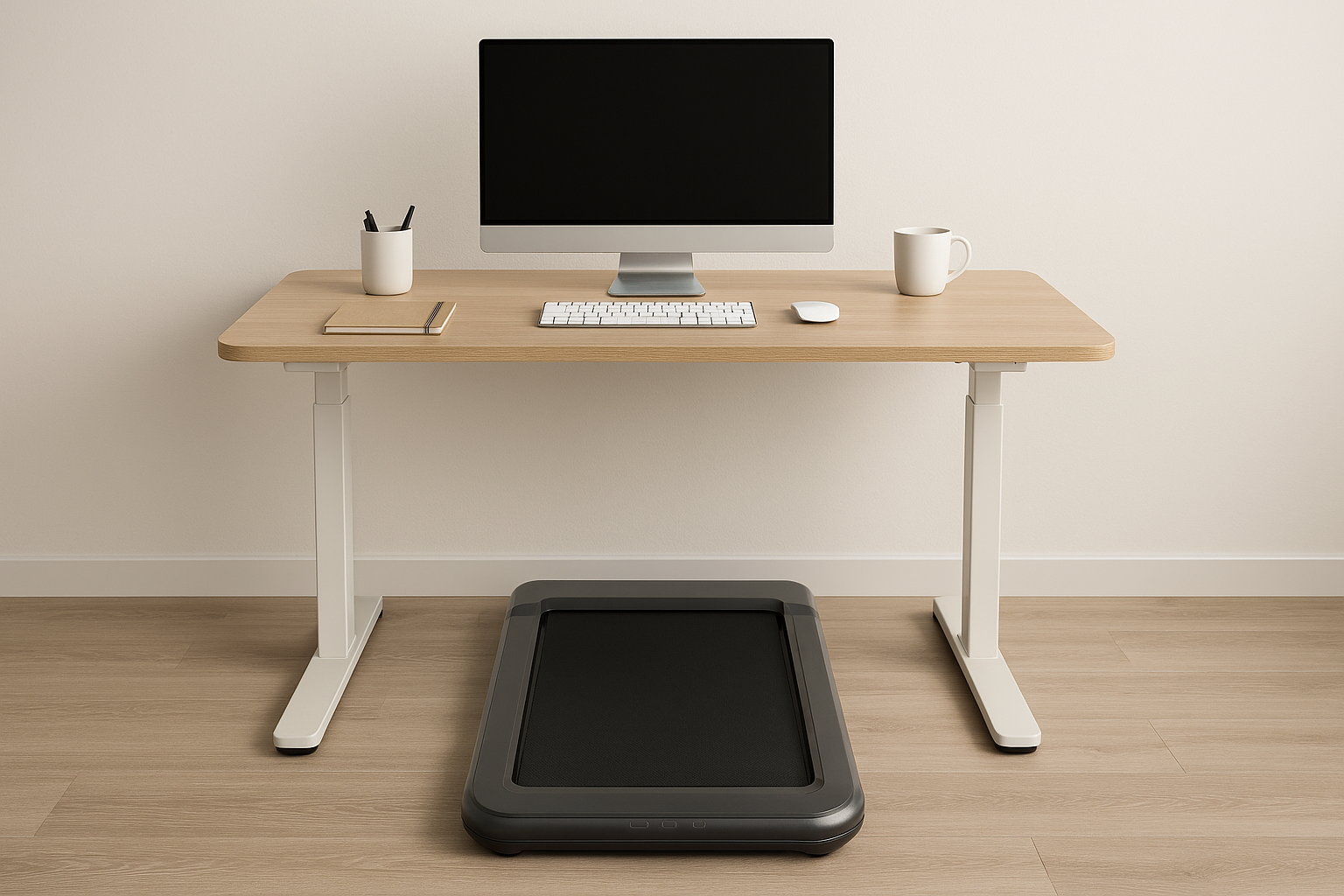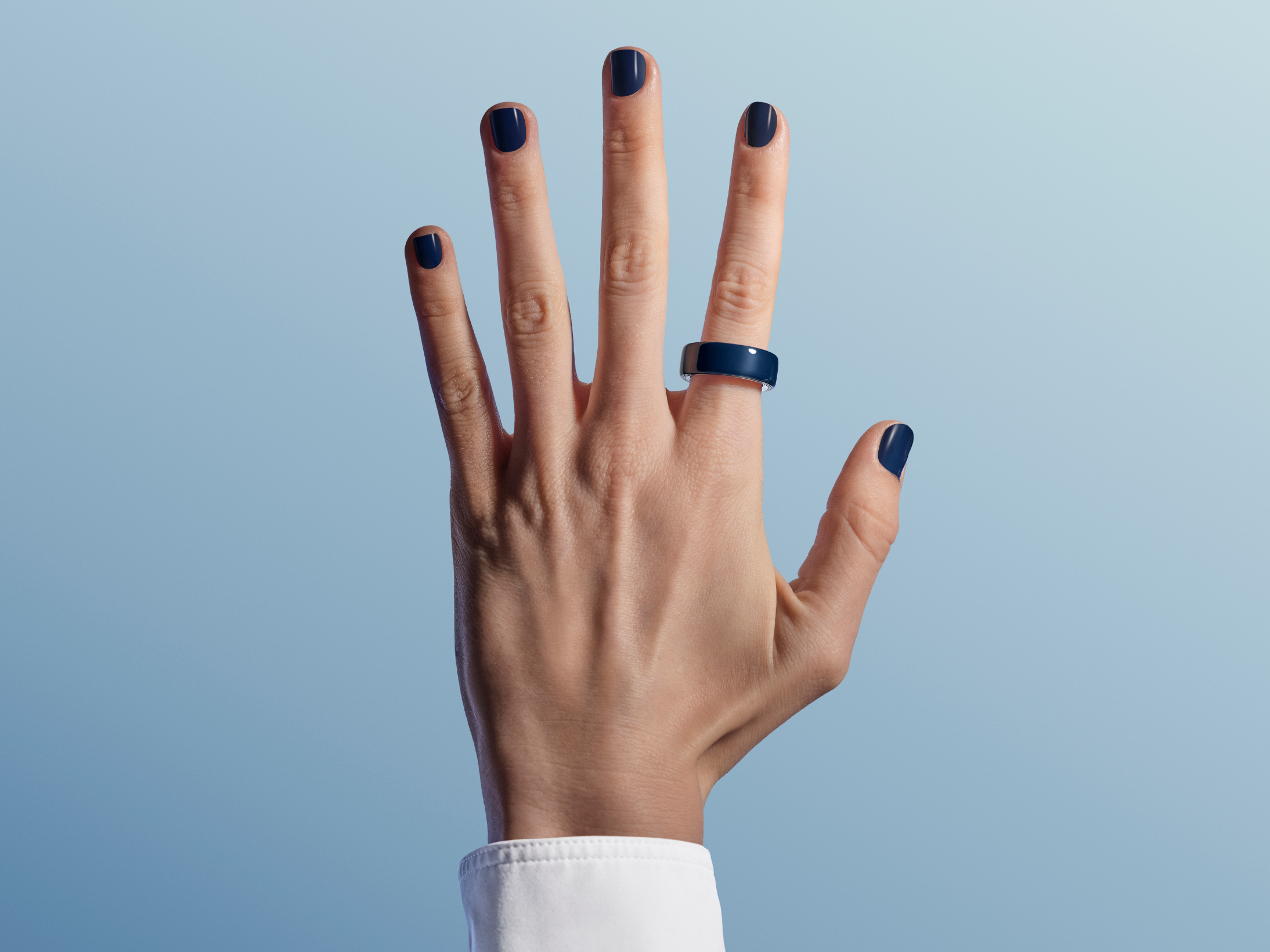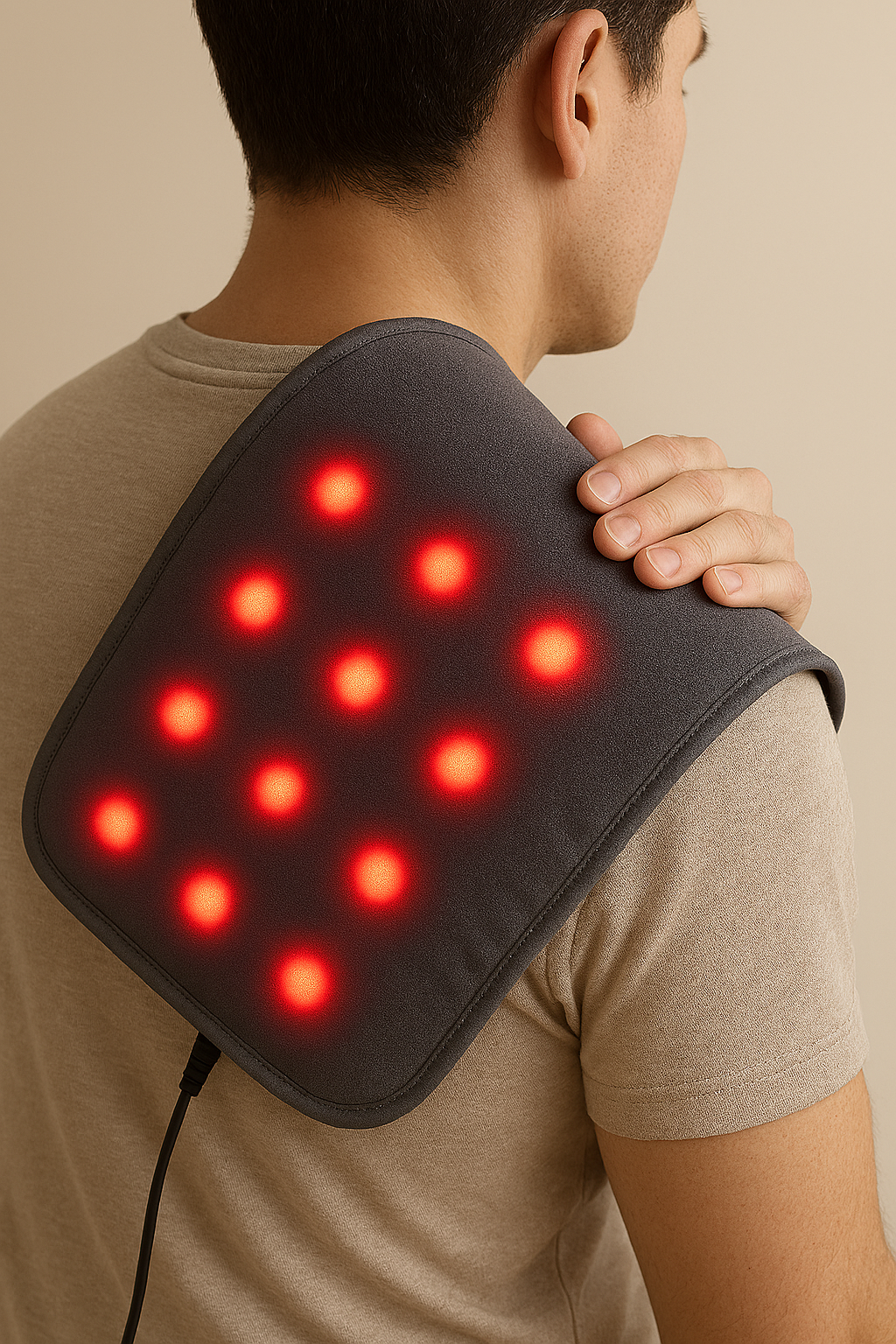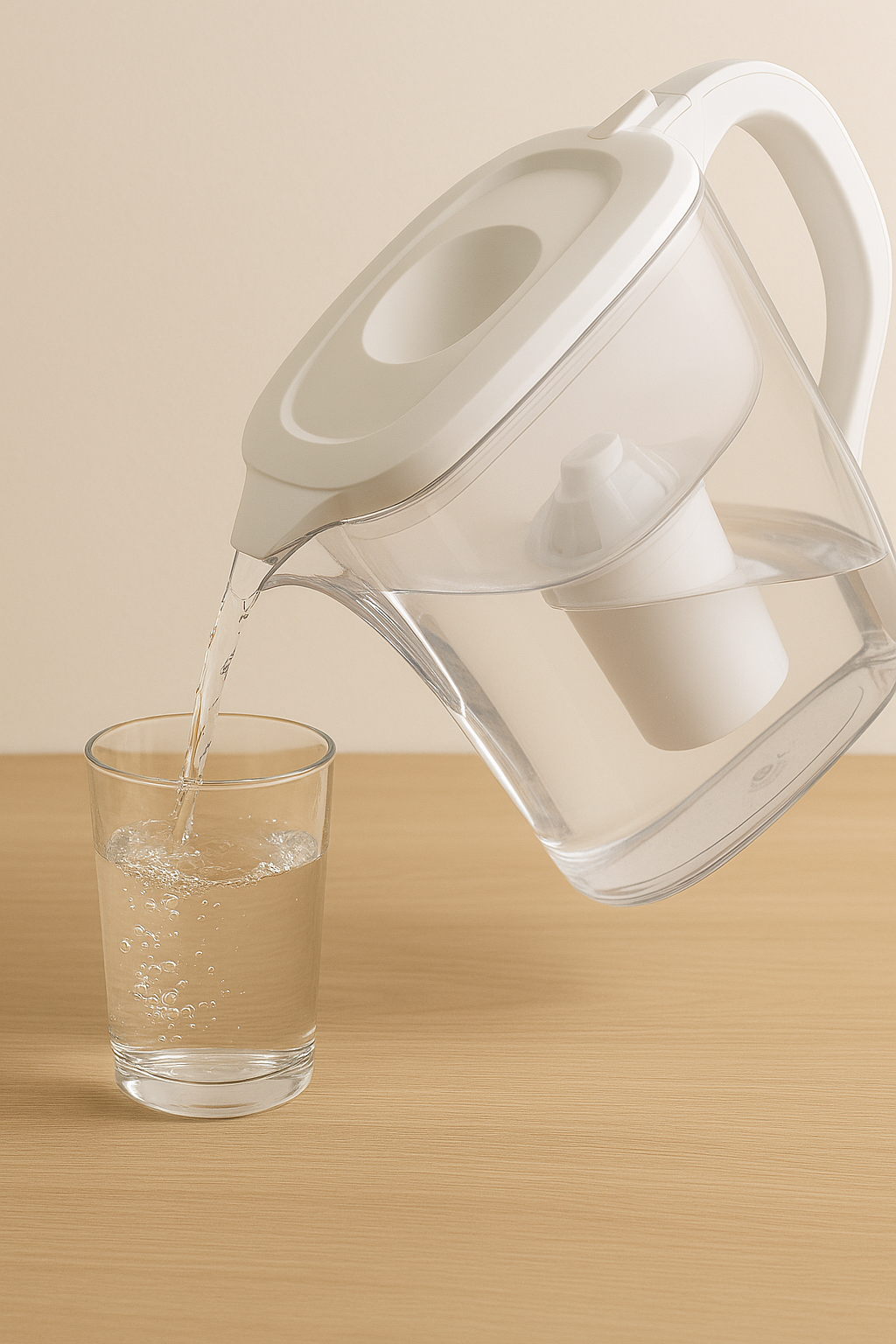With Black Friday right around the corner and many folks wondering how to stretch out their hard earned dollar on which rockin' deal, I thought about sharing my top 10 list of self-care items I am willing to spend my hard earned dollars on. (Which is saying a lot being I am Swiss and we are historically frugal). Finding the top 10 cut off was really really really hard since there are so many options out there, and many more than 10 that could be beneficial, especially depending upon your individual needs. However I think that as a whole those are items that will stand the test of time in their cost-benefit ratio in improving your long-term health and well-being. As with all things health and wellness, it's going to be a dynamic list subject to change in a rapidly changing consumer market, some already putting myself a note to do a 2026 update.
Please note: I have no personal connection with any of these products and will derive no financial benefit from recommending any of these products
WALKING PADS
We spent the last 20 years trying to mitigate the damage done by the sedentary lifestyle of our deskbound workforce. The 1st step was to move people from 8 hours of sitting into alternating sitting to standing, which was no doubt a huge benefit. The next frontier is to get people actually moving at a normal physiological speed during their workday. The walking pads are a form of very rudimentary treadmill which are motion activated by the movement of the worker. They take little room, are very simple machines with less opportunities to break down, and have significantly come down in cost over the last 2 years. The walking pad is associated with a standing desk set up. You walk on them at approximately 1 mile per hour, which feels like a very leisurely stroll. It may not feel like much but after an 8 hour workday you could have basically walked 8 miles. The benefits are huge. There's a great deal of attention placed on NEAT (non-exercise activity thermogenesis), the energy expenditure associated with day to day light normal movement in the context of metabolic health and weight management. Using a walking pad during your regular 8 hour workday brings out more energy than engaging in your average 45 minute workout at the end of your 8 hour sitting workday. So it's a bit of a no-brainer and doesn't take any extra time out of your day. It takes a little bit to get your brain used to slow walking while you're doing other tasks, most patients tell me about 2 weeks. The other enormous benefit is improvement in peripheral circulation, and surprisingly brain health. Slow walking continuously stimulates the cross crawl pattern in the brain, which improves firing of the frontal cortex for complex tasks and memory retention.
WIDE TOE BOX SHOES
Those should really be called anatomically correct shoes. Take a look at your feet for for a few seconds then take a look at your shoe. The shape of the front of your foot rarely matches that of the front of your shoe. As a result, you're having to take these complex orthopedic sensory structure of your midfoot and toes and compress them into a space that doesn't allow them to move normally, much less transmit appropriate sensory information to your brain about your position movement and balance. Transitioning to shoes that correctly encapsulate the normally positioned front foot is totally no-brainer for me. But for most people it's a matter of aesthetics. We are just not used to seeing shoes with a wider toe box and we've been conditioned to think of narrow front shoes as being sexy and aesthetically pleasing. (Much in the way that 19th century Chinese viewed tortured bandaged feet as aesthetically desirable). Time to revolutionize your thinking and let your feet operate the way they are designed. People are always surprised by how little foot discomfort they experience when transitioning to anatomically correct toe box, that their balance improves, that the rest of the lower extremity feels better, and that in general they feel more alert. (For more sensory input from your foot, something that is especially important for children). As a bonus they are becoming more popular and available from a wide variety of routine no-name vendors, after being once the exclusive offering from specialty expensive brands.
OURA RING
I really hesitated adding the oura ring to this list because as a rule I do not recommend a single brand product. However while the competition is getting close, it is still a pretty unique product in many ways. It falls under the category of wearable device that measure a variety of health metrics (heart rate, proxy blood pressure, pulse oximetry, sleep efficiency, temperature, etc.). 2 of the things that in my opinion make it stand out from the rest of the device is its size for the amount of data that it captures, as well as the accuracy of its HRV or heart rate variability. The latter is emerging as are really useful real-time metric of "stress", as measured by the autonomic response to a variety of outside factors. Once a baseline has been established, HRV can be a real good monitoring tool for how you fare under various circumstances as well as the responses to new health oriented interventions you may be trying: for example what is your ideal fasting window, what is your ideal exercise intensity, how well do you respond to a particular dietary change etc. The other feature that stands out for women is the surprisingly accurate cyclical temperature reading for those who are looking to to use basal body temperature for fertility monitoring, especially when it comes to spotting ovulation timing.
THERAPEUTIC INFRARED DEVICE
Red light therapy is a tried and true method of improving soft tissue recovery in a variety of settings from acute injuries to chronic degenerative changes. It's mostly safe although you always should consult with your healthcare provider to make sure you don't have any of the few contraindications (vascular insufficiency being 1 of them as well as some cases of diabetes). The mechanism of action has to do with improving energy production in the tissues, so it's pretty versatile for a variety of tissues from muscle tendon and nerves. I still recall the 1st unit I purchased in the early 2000, for thousands of dollars, which served me well at the time. The current technology is around the hundred dollar and many times over the power of my original unit. You have to make sure you get the right specs, which have to do with the right mix of wavelength producing diodes between 660 and 880 ideally. You also need to have sufficient density of diodes in your infrared pad to get the most benefit for the shortest treatment time. When patients asked me what they can do to speed up the recovery during a new injury or the flareup of a chronic condition, I'm always thrilled when I find out they have an infrared device at home that they can add to the mix.
WATER FILTER
Environmental pollution affecting air and water is unfortunately not going away, and if anything going in the wrong direction. Ideally we should have better policies to limit exposures for everyone but until that elusive goal is achieved, you can take some steps to mitigate your personal exposure in a few simple ways. Total elimination is not a realistic gold, however reduction definitely is and the technology has continuously become cheaper and better. Unless you have the budget for a whole house unit which is going to be somewhere in the thousands of dollars, you can get a really solid handheld picture product for something around a hundred. Always remember that the filter is only going to be as good as the frequency at which you replace the cartridges, so put yourself a calendar reminder and ideally put your replacement cartridges on auto fill. I have been relying on the recommendation from the Environmental Working Group (our household recently upgraded to Epic when our old pitcher died and we've been extremely happy.)
https://www.ewg.org/tapwater/water-filter-guide.php










